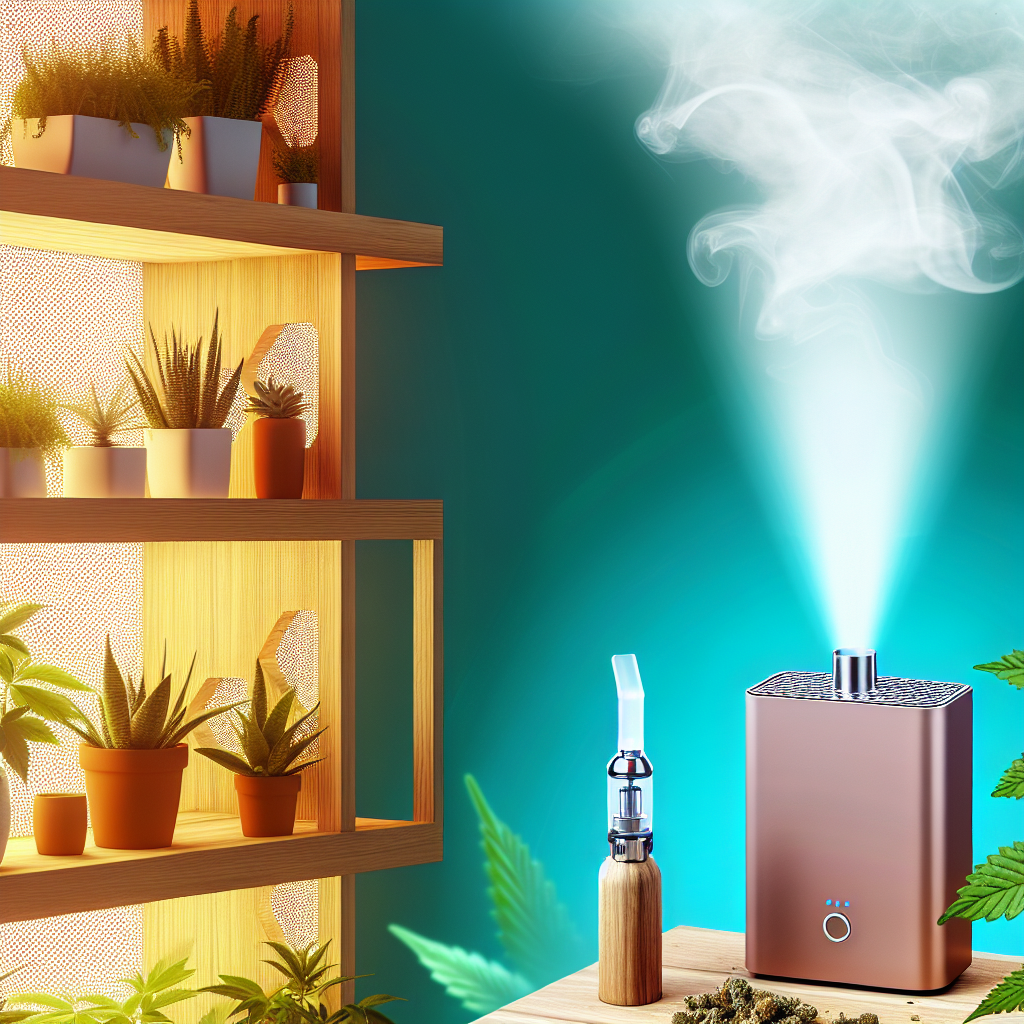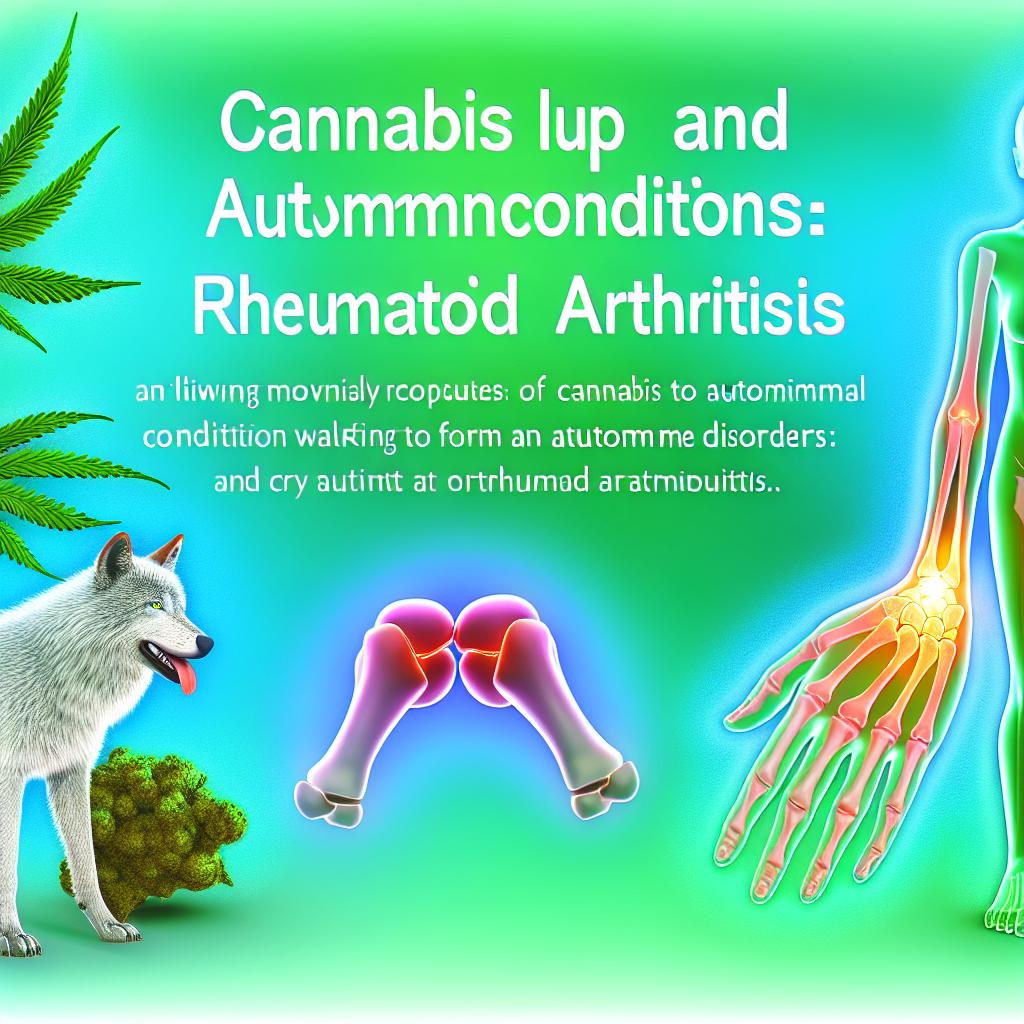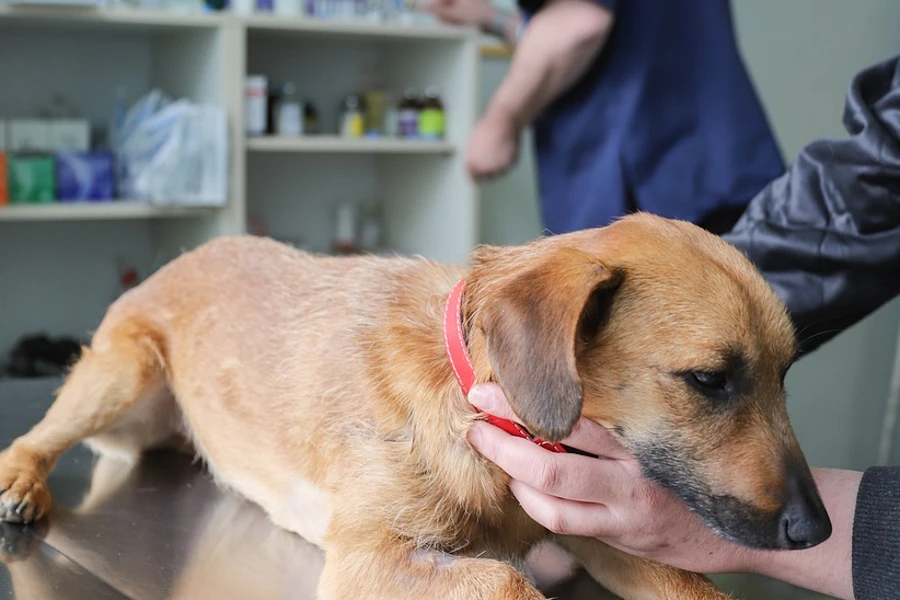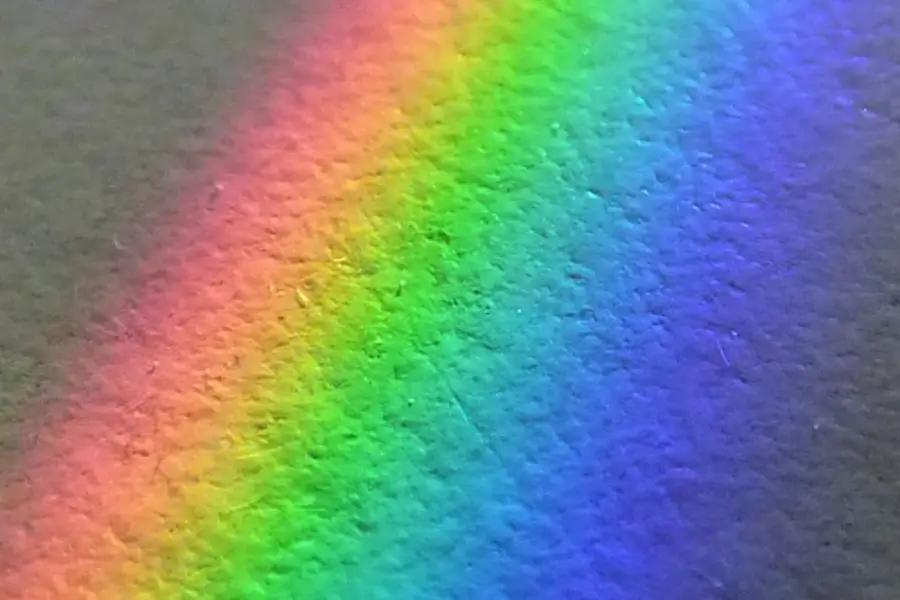Seasonal Affective Disorder and Cannabis: A New Frontier in Natural Light Therapy Combinations
Understanding SAD: A Seasonal Battle with Mood and Energy
Seasonal Affective Disorder (SAD) is a recurrent depressive condition that affects millions each year, particularly in areas with long winters and limited daylight. As the days grow shorter, sufferers often experience persistent low mood, sleep disturbances, social withdrawal, and carbohydrate cravings. According to the American Psychiatric Association, SAD is categorized as a subtype of major depressive disorder (MDD), where disruptions in circadian rhythms and serotonin levels are key contributors.
Traditional medical treatments for SAD include SSRIs, vitamin D supplementation, psychotherapy, and most notably, light therapy—used to mimic the sun’s vital, mood-boosting rays. However, an increasing number of wellness-conscious individuals and clinicians are turning to complementary therapies. Among these, cannabis is sparking particular interest.
Cannabis Meets Light: A Natural Mood-Boosting Duo
Cannabis, rich in mood-enhancing cannabinoids and terpenes, interacts directly with the endocannabinoid system (ECS)—a fundamental internal network regulating mood, sleep, appetite, and circadian rhythms. As public understanding of cannabis expands and legal frameworks evolve, pairing cannabis with light therapy may offer a uniquely effective strategy for managing SAD.
Natural daylight therapy, particularly with 10,000-lux light boxes, is designed to simulate the sunrise and neutralize winter depression. However, new research suggests that combining this therapy with cannabis may optimize circadian resetting and emotional balance, offering a powerful, synergistic lift. This modern approach to SAD management uses both botanical and photonic interventions to improve life quality for those affected.
The Science Behind Light Therapy: A Proven SAD Treatment
Light therapy has long been proven as one of the most effective treatments for SAD. A landmark study published in the Archives of General Psychiatry showed that 30 minutes of 10,000-lux exposure each morning significantly reduced depressive symptoms, often within just a week. The therapy works by increasing serotonin production and suppressing melatonin, helping restore circadian rhythms that are otherwise disrupted in winter.
Light therapy’s efficacy is further supported by science demonstrating its impact on brain chemistry and sleep cycles—making it a routine frontline recommendation by healthcare professionals for SAD patients.
The Cannabis Connection: Cannabinoids and Mood Regulation
Meanwhile, cannabis is stepping into the spotlight as a versatile aid in managing depressive symptoms. A 2019 observational study in the Journal of Affective Disorders revealed that cannabis users reported a 50% reduction in depression and a 58% reduction in anxiety symptoms. Importantly, balanced THC:CBD strains or those high in CBD appeared to have the strongest mood-stabilizing benefits without triggering excessive psychoactivity.
Central to these benefits is the ECS. In 2016, researchers highlighted in Frontiers in Molecular Neuroscience that ECS dysfunction may be closely tied to depressive disorders. Certain cannabinoids, like CBD, are known to activate serotonin receptors (5-HT1A), similar to common antidepressants, but potentially with fewer side effects.
Light Exposure and Endocannabinoids: A Hidden Link
Interestingly, recent studies have found that light exposure may also enhance naturally occurring endocannabinoids. Research published in Neuropsychopharmacology discovered that anandamide (AEA)—a mood-improving endocannabinoid—can be increased with light exposure. This suggests that the benefits of light therapy may, in part, arise from mild modulation of the ECS—a system that cannabis also affects directly.
By enhancing ECS activation through both light and cannabinoids, individuals may experience a more robust restoration of emotional and neurological balance during light-deprived months.
Synergistic Power: Cannabis and Light Therapy in Tandem
When combined thoughtfully, cannabis and light therapy may work together to create a compound effect on mood regulation. For example, starting the day with CBD oil (20–50 mg) combined with 20–30 minutes under a 10,000-lux light box may spike serotonin production and modulate ECS activity. Microdosing THC (under 5 mg) during daylight hours has also been reported to improve mood and energy without sedation or impairment.
This protocol may align internal clocks, decrease sleepiness, and provide a sense of calm alertness—particularly effective for those suffering from winter fatigue and mood dullness.
Clinical Potential: A Blueprint for Integrated SAD Care
This dual approach offers promising potential not only for individuals but also for medical practitioners and wellness providers. Therapists, medical cannabis providers, and psychiatrists can design customized schedules that combine cannabinoid use with timed light exposure, potentially reducing the need for SSRIs or offering support during their use.
Additionally, wellness startups are now developing devices that combine cannabis aromatherapy with smart LED light systems—hinting at a future where integrative SAD treatment is both accessible and tech-enhanced.
Safe Use Guidelines: How to Get Started
For interested consumers, here are some practical starting points:
– Begin light therapy immediately upon waking for 20–30 minutes daily
– Use a 10,000-lux lightbox at a slight downward angle
– Start with CBD oil (20–50 mg) in the morning to support mood balance
– For experienced users, consider microdosing THC (1–5 mg)
– Avoid high-THC products if prone to anxiety
– Always consult a healthcare or cannabis-informed physician
Especially when integrating with pharmacological treatments for mood disorders, supervision is key to avoiding contraindications or mood destabilization.
Final Thoughts: A Bright Future for SAD Management
Seasonal Affective Disorder remains a complex and sometimes stubborn condition. Yet the combination of cannabis and light therapy reflects a compelling, multifaceted approach that addresses SAD from multiple biological directions—modulating serotonin, endocannabinoids, and circadian rhythms simultaneously.
As clinical interest continues to grow and product innovation expands, this synergistic approach could shape the future of mental health during the darker months. Whether you’re a medical professional or a wellness explorer, cannabis and light therapy may offer a safe, empowering path to emotional wellness during winter.
Summary: The combination of cannabis and light therapy presents a promising, multifaceted approach to managing Seasonal Affective Disorder. By modulating serotonin, endocannabinoids, and circadian rhythms, this synergistic treatment could shape the future of mental health care during the darker months.
References:
– [Archives of General Psychiatry: Light Therapy in Seasonal Affective Disorder](https://jamanetwork.com/journals/jamapsychiatry/fullarticle/495896)
– [Journal of Affective Disorders: Cannabis Use and Mood](https://www.sciencedirect.com/science/article/abs/pii/S0165032718316859)
– [Frontiers in Molecular Neuroscience: ECS and Depression](https://www.frontiersin.org/articles/10.3389/fnmol.2016.00120/full)
– [Neuropsychopharmacology: Light Therapy and Endocannabinoid System](https://www.nature.com/articles/s41386-019-0509-8)




